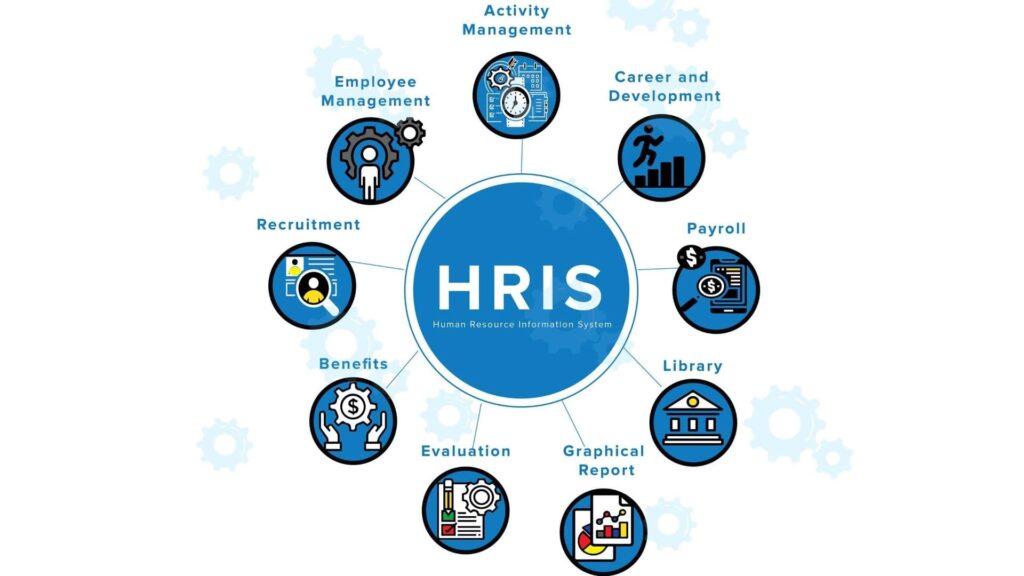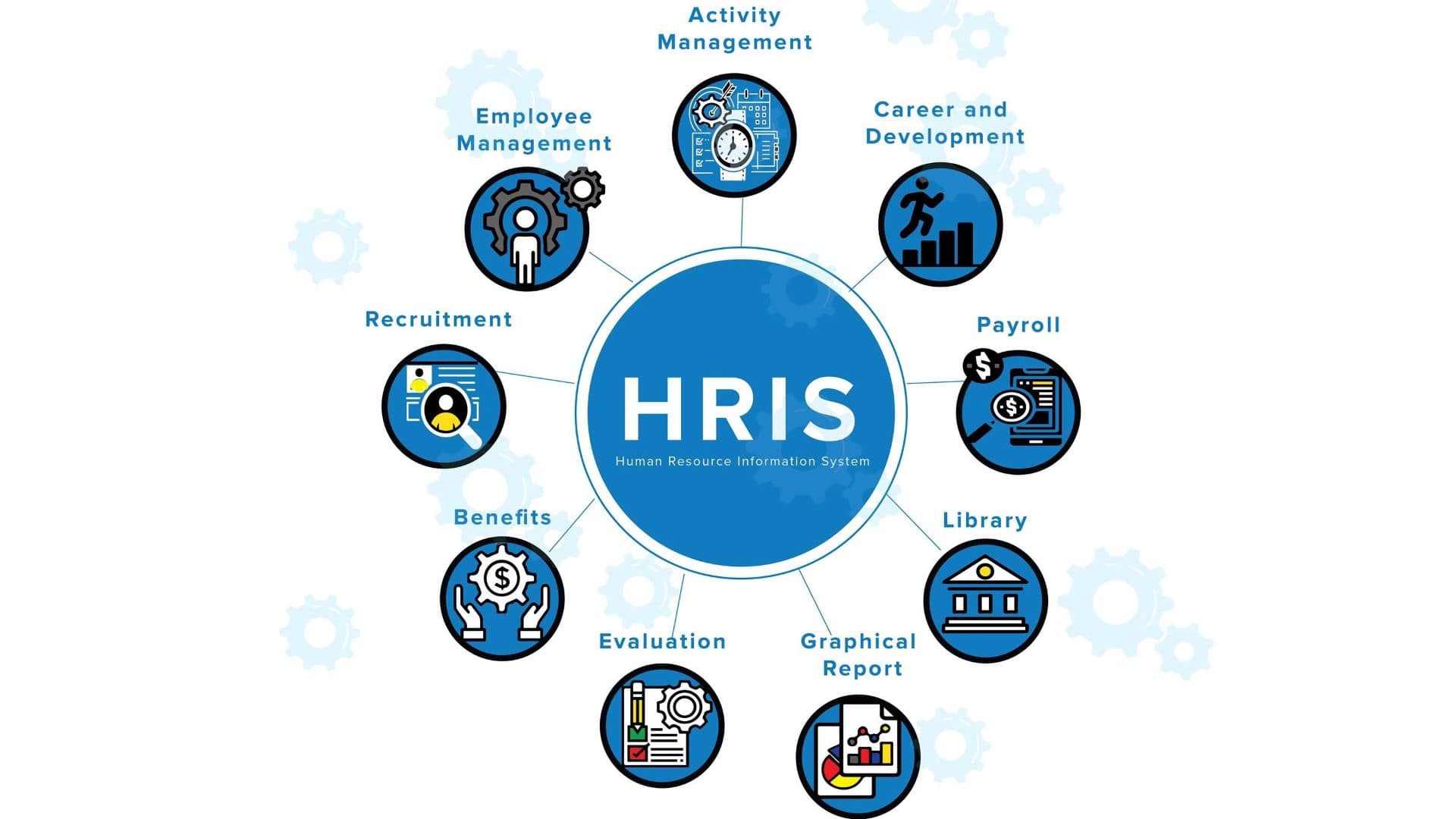Introduction HRIS Data Integrating
In today’s competitive business environment, efficiency and accuracy in managing human resources and payroll are paramount. Integrating Human Resource Information Systems (HRIS) with payroll systems offers a seamless solution that enhances operational efficiency, reduces errors, and improves overall employee satisfaction. This article explores the benefits, challenges, and best practices of integrating HRIS with payroll systems, providing a comprehensive guide for businesses looking to streamline their operations.

Understanding HRIS and Payroll Systems
What is HRIS?
Human Resource Information Systems (HRIS) are software solutions designed to manage various HR functions, including employee data management, recruitment, onboarding, performance management, and compliance. HRIS systems provide a centralized platform for storing and managing employee information, making HR processes more efficient and effective.
What are Payroll Systems?
Payroll systems are specialized software solutions used to manage employee compensation. These systems automate the calculation of wages, tax deductions, benefits, and other payroll-related activities. Payroll systems ensure that employees are paid accurately and on time, which is crucial for maintaining employee satisfaction and compliance with legal requirements.
The Need for Integration
Integrating HRIS with payroll systems is essential for several reasons. Firstly, it eliminates the need for manual data entry, reducing the risk of errors. Secondly, it ensures that employee data is consistent across both systems, enhancing accuracy and compliance. Finally, integration streamlines workflows, saving time and resources for HR and payroll departments.
Benefits of Integrating HRIS with Payroll Systems
Enhanced Data Accuracy
One of the primary benefits of integrating HRIS with payroll systems is enhanced data accuracy. When HR and payroll systems operate independently, there is a high risk of data discrepancies due to manual data entry and updates. Integration ensures that employee data is consistent and up-to-date across both systems, reducing errors and ensuring accurate payroll processing.
Improved Efficiency
Integration streamlines HR and payroll processes by automating data transfer between systems. This reduces the time and effort required for manual data entry, allowing HR and payroll professionals to focus on more strategic tasks. Improved efficiency leads to faster payroll processing, timely payments, and overall better management of HR functions.
Compliance and Reporting
Maintaining compliance with labor laws and tax regulations is a critical aspect of HR and payroll management. Integrated systems ensure that all employee data is accurate and up-to-date, making it easier to comply with legal requirements. Additionally, integrated systems provide comprehensive reporting capabilities, enabling businesses to generate detailed reports for compliance audits and strategic decision-making.
Enhanced Employee Experience
A seamless HRIS and payroll integration improves the overall employee experience. Employees can access their payroll information, benefits, and personal data through a single platform, reducing confusion and enhancing transparency. Timely and accurate payroll processing also boosts employee satisfaction and trust in the organization.
Cost Savings
While integrating HRIS with payroll systems requires an initial investment, the long-term cost savings can be significant. Automation reduces the need for manual data entry and administrative tasks, lowering operational costs. Additionally, accurate payroll processing reduces the risk of costly errors and compliance penalties.
Challenges of Integrating HRIS with Payroll Systems
Data Security
Data security is a critical concern when integrating HRIS with payroll systems. Both systems handle sensitive employee information, including personal details and financial data. Ensuring the security of this data during transfer and storage is paramount. Businesses must implement robust security measures, such as encryption, access controls, and regular security audits, to protect employee data.
System Compatibility
Compatibility between HRIS and payroll systems can be a significant challenge. Different software solutions may have varying data formats, integration capabilities, and technical requirements. Ensuring that the chosen HRIS and payroll systems are compatible and can communicate effectively is crucial for successful integration.
Data Migration
Data migration involves transferring existing employee data from separate HR and payroll systems into an integrated platform. This process can be complex and time-consuming, requiring careful planning and execution to ensure data integrity. Businesses must validate and clean data before migration to avoid importing errors into the new system.
Change Management
Implementing an integrated HRIS and payroll system requires changes to existing workflows and processes. Change management is essential to ensure that employees adapt to the new system and utilize its features effectively. Providing comprehensive training and ongoing support helps employees transition smoothly and maximizes the benefits of integration.
Best Practices for Integrating HRIS with Payroll Systems
Conduct a Needs Assessment
Before selecting and integrating HRIS and payroll systems, businesses should conduct a thorough needs assessment. This involves identifying the specific HR and payroll functions that need automation, the required features, and any existing pain points. Understanding these needs helps businesses choose the right systems and plan for integration effectively.
Choose the Right Systems
Selecting the right HRIS and payroll systems is crucial for successful integration. Businesses should evaluate software solutions based on their functionality, compatibility, scalability, and vendor support. Choosing systems that can grow with the organization and adapt to changing needs ensures long-term success.
Plan the Integration Process
Effective planning is essential for a smooth integration process. This includes setting clear objectives, defining timelines, and allocating resources. Involving key stakeholders in the planning process ensures that everyone is aligned and committed to the project.
Ensure Data Security
Data security must be a top priority during integration. Businesses should implement robust security measures, such as encryption, access controls, and regular security audits, to protect sensitive employee data. Compliance with data protection regulations, such as GDPR or CCPA, is also crucial.
Provide Comprehensive Training
Training is essential to ensure that employees can effectively use the integrated HRIS and payroll system. Providing comprehensive training sessions and ongoing support helps employees understand the system’s features and benefits, leading to higher adoption rates and better utilization.
Monitor and Evaluate
After integration, businesses should continuously monitor the system’s performance and evaluate its effectiveness. This includes tracking key metrics, such as data accuracy, processing times, and employee satisfaction. Regular reviews help identify areas for improvement and ensure that the integrated system continues to meet the organization’s needs.
Case Study: Successful Integration
Company Background
ABC Manufacturing, a mid-sized company with 500 employees, faced challenges in managing their HR and payroll processes. The HR and payroll systems operated independently, leading to data discrepancies, manual errors, and inefficiencies. ABC Manufacturing decided to integrate their HRIS with the payroll system to streamline operations and improve accuracy.
Integration Process
- Needs Assessment: ABC Manufacturing conducted a needs assessment to identify their HR and payroll requirements. They determined that automating data transfer, improving data accuracy, and enhancing reporting capabilities were top priorities.
- System Selection: After evaluating several options, ABC Manufacturing chose an HRIS and payroll system that offered robust integration capabilities and met their specific needs.
- Planning: A detailed integration plan was developed, outlining objectives, timelines, and resource allocation. Key stakeholders from HR, payroll, and IT departments were involved in the planning process.
- Data Migration: Existing employee data was validated and cleaned before migration. The data migration process was carefully executed to ensure data integrity and accuracy.
- Training: Comprehensive training sessions were conducted for HR and payroll staff to ensure they understood the new system’s features and benefits. Ongoing support was provided to address any issues and ensure smooth adoption.
Results
The integration of HRIS with the payroll system led to significant improvements for ABC Manufacturing:
- Enhanced Data Accuracy: Data discrepancies were eliminated, ensuring accurate payroll processing and reducing errors.
- Improved Efficiency: Automation of data transfer and other processes reduced administrative workload, allowing HR and payroll staff to focus on more strategic tasks.
- Better Reporting: Comprehensive reporting capabilities provided valuable insights into HR and payroll metrics, aiding in strategic decision-making.
- Increased Employee Satisfaction: Timely and accurate payroll processing, combined with a user-friendly interface for accessing personal and payroll information, improved overall employee satisfaction.
Conclusion
Integrating HRIS with payroll systems offers numerous benefits for businesses, including enhanced data accuracy, improved efficiency, better compliance, and increased employee satisfaction. While the integration process can present challenges, careful planning, system selection, and comprehensive training can ensure a successful implementation. By following best practices and prioritizing data security, businesses can achieve seamless operations and position themselves for long-term success.
Successful integration of HRIS and payroll systems not only streamlines HR and payroll processes but also provides valuable insights that support strategic decision-making and drive business growth. For organizations looking to enhance their HR and payroll operations, investing in integrated systems is a crucial step towards achieving efficiency and excellence.
